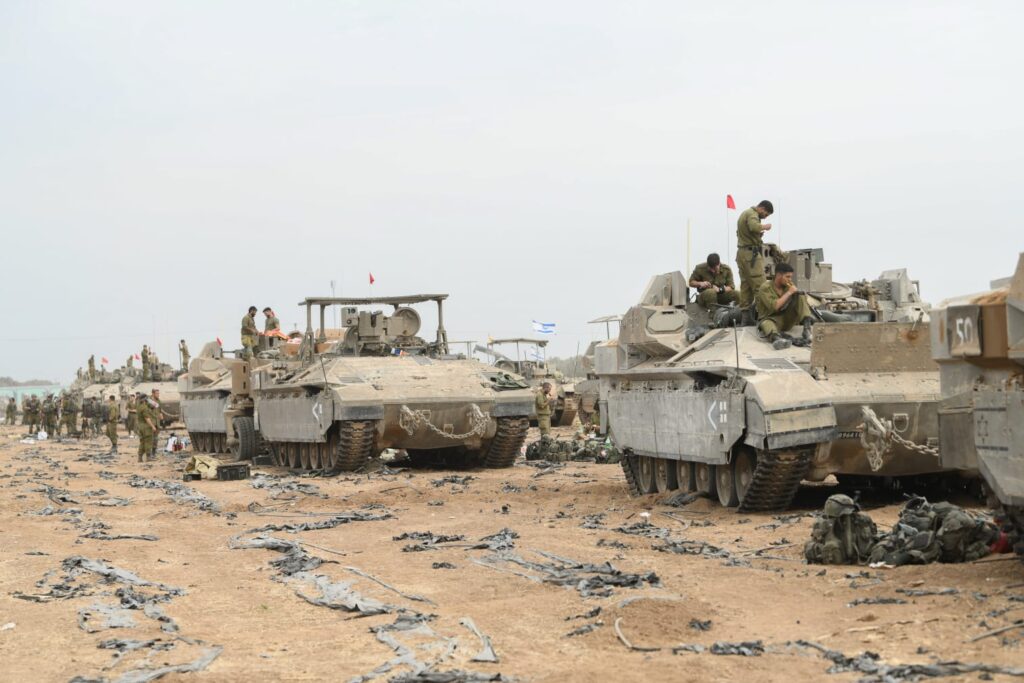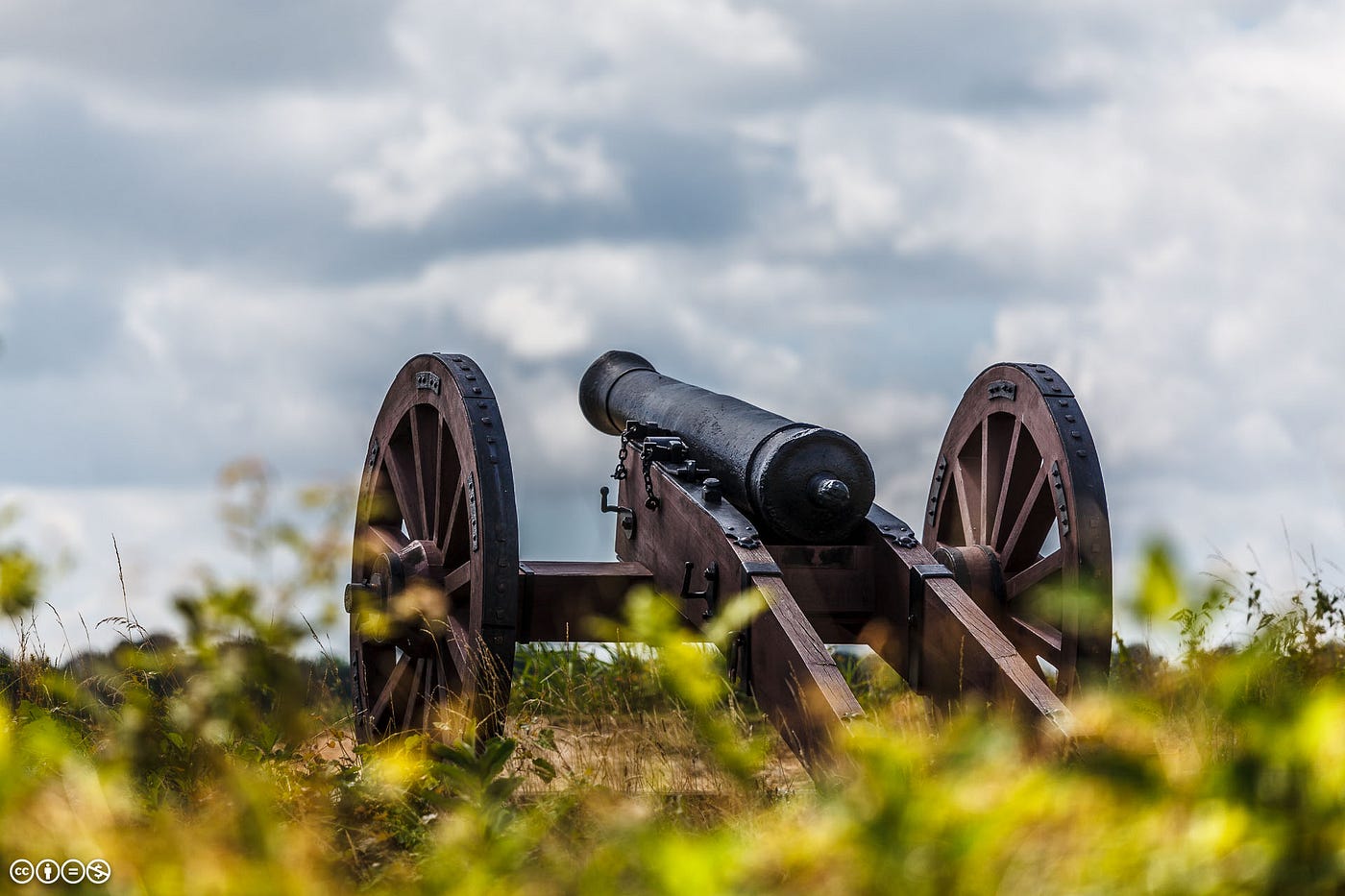Ancient War Tactics: Strategies of the Past in Modern Context – Warfare has been an integral part of human history since ancient times, shaping civilizations, cultures, and the course of history itself. The strategies and tactics employed by ancient civilizations continue to fascinate scholars and military experts, offering insights into the art of war that are still relevant today.

Introduction to Ancient War Tactics
Ancient warfare was a complex interplay of strategy, skill, and innovation. From the battlefields of Mesopotamia to the conquests of Alexander the Great, military commanders relied on a variety of tactics to achieve victory.
The Importance of Strategy in Ancient Warfare
Strategic planning was crucial in ancient warfare, often determining the outcome of battles and campaigns. Commanders meticulously studied terrain, weather conditions, and the strengths and weaknesses of their adversaries to develop effective strategies.
Understanding strategic planning
Ancient generals employed a mix of offensive and defensive strategies, adapting their approach based on the circumstances of each battle.
Analysis of terrain and weather
Terrain played a significant role in determining battle tactics, with commanders leveraging natural features such as mountains, rivers, and forests to gain strategic advantages.
Infantry Tactics
Infantry units formed the backbone of ancient armies, employing various formations and combat techniques to engage the enemy effectively.
Formation strategies
Phalanx formations, used by ancient Greek and Macedonian armies, were renowned for their defensive capabilities and cohesion in battle.
Hand-to-hand combat techniques
Soldiers were trained in a variety of close-quarters combat techniques, including swordplay, spear thrusts, and shield formations.
Cavalry Tactics
Cavalry units provided mobility and flexibility on the battlefield, often executing flanking maneuvers and lightning-fast charges to disrupt enemy formations.
Role of cavalry in ancient battles
Cavalry units were instrumental in scouting, skirmishing, and pursuing retreating enemy forces, making them a versatile asset for ancient commanders.
Flanking maneuvers and charges
Cavalry charges from the flank or rear could devastate enemy formations, causing chaos and confusion among opposing troops.
Siege Warfare
Siege warfare was a common method of conquest in ancient times, requiring patience, engineering expertise, and psychological warfare tactics to overcome fortified cities and citadels.
Techniques for breaching city walls
Siege engines such as battering rams, siege towers, and catapults were used to breach enemy defenses, while sappers undermined walls and fortifications.
Psychological tactics during sieges
Besieging armies often employed psychological tactics, such as starvation, disease, and propaganda, to demoralize defenders and hasten surrender.
Naval Warfare
Naval power played a crucial role in ancient warfare, with maritime civilizations such as the Phoenicians, Greeks, and Romans dominating the seas with advanced naval tactics and technology.
Importance of naval power in ancient times
Naval supremacy allowed ancient civilizations to control trade routes, establish colonies, and project power across vast distances.
Ramming and boarding tactics
Naval battles often involved ramming enemy ships, boarding maneuvers, and naval artillery barrages to sink or capture enemy vessels.
Use of Elephants in Battle
Elephants were formidable weapons of war in ancient times, capable of trampling enemy infantry and instilling fear in opposing forces.
Elephant warfare tactics
Ancient commanders deployed war elephants as shock troops, using their size and strength to break enemy lines and create openings for infantry attacks.
Countering elephant units
Strategies for countering elephant units included using caltrops, archers, and specialized anti-elephant formations to disrupt their effectiveness on the battlefield.
Influence of Leadership
The leadership qualities of ancient commanders played a significant role in shaping the outcome of battles and campaigns, with notable figures such as Alexander the Great, Julius Caesar, and Hannibal Barca leaving a lasting legacy in military history.
Notable ancient commanders and their tactics
Military leaders like Alexander the Great employed innovative tactics and strategies, such as the use of combined arms and rapid maneuvering, to achieve decisive victories on the battlefield.
Adaptability and innovation in leadership
Successful ancient commanders demonstrated adaptability and innovation, adjusting their tactics to suit the changing dynamics of warfare and exploiting the weaknesses of their adversaries.
Espionage and Intelligence Gathering
Espionage and intelligence gathering were vital components of ancient warfare, providing commanders with valuable information about enemy movements, intentions, and weaknesses.
Spying methods in ancient warfare
Ancient spies used a variety of tactics, including infiltration, deception, and cryptography, to gather intelligence behind enemy lines.
Role of scouts and informants
Scouts and informants played a crucial role in providing real-time information to commanders, allowing them to make informed decisions and adapt their strategies accordingly.
Logistics and Supply Lines
Logistical challenges posed significant hurdles for ancient armies, requiring careful planning and organization to ensure a steady supply of food, weapons, and reinforcements.
Maintaining food, weapons, and reinforcements
Supply lines were essential for sustaining military campaigns, with logistical support networks stretching across vast distances to resupply frontline troops.
Strategies for disrupting enemy supply chains
Ancient commanders employed raiding parties, ambushes, and scorched-earth tactics to disrupt enemy supply lines and weaken their adversaries’ logistical capabilities.
Fortifications and Defensive Strategies
Fortifications played a critical role in ancient warfare, providing defensive strongholds and strategic points of control on the battlefield.
Defensive formations and fortresses
Ancient civilizations constructed elaborate fortifications, including walls, moats, and towers, to defend against enemy incursions and sieges.
Counter-siege tactics
Besieged cities and fortresses employed various tactics to withstand enemy assaults, including sallies, countermining, and diplomatic negotiations.
Psychological Warfare
Psychological warfare tactics were used to manipulate and demoralize enemy forces, undermining their morale and will to resist.
Fear tactics and intimidation
Ancient commanders employed fear tactics, such as displays of military might, public executions, and psychological manipulation, to intimidate their adversaries.
Propaganda and misinformation
Propaganda campaigns and misinformation were used to spread fear, uncertainty, and doubt among enemy populations, weakening their resolve and sowing discord within their ranks.
Ancient Treatises on Warfare
Ancient military writings, such as Sun Tzu’s “The Art of War” and Vegetius’ “De Re Militari,” provided invaluable insights into the principles of warfare and strategies for achieving victory.
Analysis of Sun Tzu’s “The Art of War”
Sun Tzu’s timeless treatise on military strategy emphasized the importance of deception, flexibility, and psychological warfare in achieving strategic objectives.
Influence of other ancient military writings
Ancient military treatises influenced the tactics and strategies of subsequent generations of military leaders, shaping the evolution of warfare over centuries.
Legacy of Ancient War Tactics
The legacy of ancient war tactics continues to resonate in modern military doctrine, with lessons learned from ancient battles informing contemporary strategies and tactics.
Impact on modern military strategies
Elements of ancient warfare, such as maneuver warfare, combined arms tactics, and asymmetric warfare, are still relevant in modern military operations.
Lessons learned from ancient battles
The study of ancient warfare provides valuable lessons in leadership, strategy, and innovation, highlighting the timeless principles of conflict and the human experience of war.
Conclusion
Ancient war tactics represent a rich tapestry of strategy, innovation, and ingenuity that continue to inspire military leaders and historians to this day. From the disciplined formations of the phalanx to the psychological warfare of siege tactics, the lessons of ancient warfare endure as a testament to the resilience and adaptability of the human spirit in times of conflict.
FAQs (Frequently Asked Questions)
- Were ancient war tactics primarily focused on brute force?
- No, ancient war tactics encompassed a wide range of strategies, including psychological warfare, maneuver warfare, and logistical planning, demonstrating a sophisticated understanding of military science.
- How did ancient commanders communicate with their troops on the battlefield?
- Ancient commanders used a combination of signals, banners, horns, and drums to convey orders and coordinate movements on the battlefield.
- What role did technology play in ancient warfare?
- While ancient armies lacked modern technology, they utilized innovations such as siege engines, armor, and weaponry to gain tactical advantages on the battlefield.
- Did ancient civilizations engage in naval warfare?
- Yes, maritime civilizations such as the Greeks, Phoenicians, and Romans were renowned for their naval prowess and engaged in naval battles to control trade routes and expand their influence.
- How did ancient commanders adapt their tactics to different environments and adversaries?
- Ancient commanders relied on reconnaissance, intelligence gathering, and flexibility to adapt their tactics to changing circumstances, terrain, and the capabilities of their adversaries.




